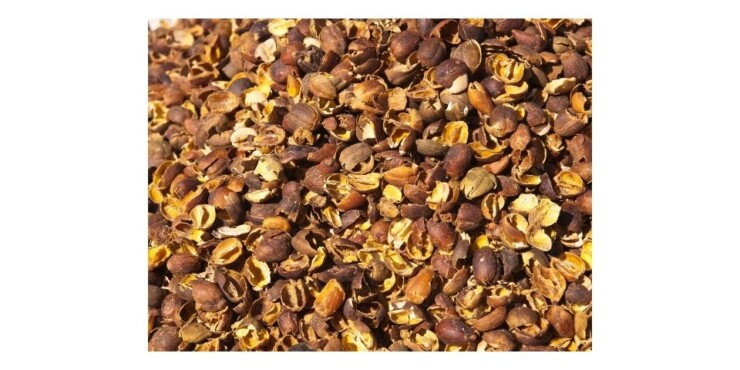Coffee husk, husk, coffee pulp, cherry, coffee husk, cacota, coffee sultana, depending on the region where you are, it will be called differently.
Ultimately we are talking about the same thing, the husk of the coffee bean.
It can be said that this coffee by-product has several uses, two of which consist of two different preparation methods.
In this post, we will see what are the uses of the coffee husk, its characteristics and why it produces a favorable change in relation to the environment.
What is Coffee Husk?
Many drink coffee and many others drink tea. Brewing coffee husk beverages is said to be the perfect combination of both: the simplicity of flavored tea and coffee brewing. Originally, producing countries such as Kenya, Yemen, and Ethiopia have been taking these peels for many years, and, like coffee, each peel has its own particular flavors and aroma
Obviously, this husk is part of the coffee production process and therefore is one of the parts of the bean’s morphology.
What difference does it have with coffee?
The flavor notes that we can obtain in the shell are different from those that we can obtain from coffee.
Generally, in the peels, we obtain much more fruity flavors that are related by all experts for having a specific resemblance to red fruits.
Does the coffee husk contain caffeine?
Yes, it does contain caffeine although in a much smaller proportion than with coffee beans.
Coffee husk preparation methods
There are two unmistakable methods to make a coffee husk brew.
1. By infusion
Infusion is one of the most used techniques.
1. It consists of adding coffee husk in a cup,
2. Add boiling water in a ratio of 11 grams of peel to 320 ml of water.
3. Complement the infusion with other possible additions such as cinnamon.
4. Let it rest for about 4 minutes until the drink is ready.
5. The peel remnants are removed by filtering and we have our drink ready.
2. By French press
Thanks to the ease of the French press we can also evaluate making coffee with shell with this method.
1. We add between 35 and 45 grams of coffee husk inside the press.
2. We pour the hot water up to the top.
3. We wait 4 to 5 minutes while the drink is prepared.
4. We enjoy.
Trend and environment
The coffee husk trend is on the rise as is the trend to experiment with new and special specialty coffees.
This trend has two extremely positive aspects, which we fully support.
1. We are impacting the environment in a good way since thanks to the fact that producers do not dispose of this product (since it can be used in beverages) we avoid creating more garbage and more pollution.
Just imagine how much coffee growers produce per year and imagine that all those hulls will be used. It would be a marvel, although we are light years away from reaching that dream stage.
2. It is always said that in the coffee production chain, the most affected (unfortunately) is always the producer and he is the one who obtains the least income from his work.
That is why with coffee husks they can now market more and without a doubt, it is very necessary to help them to be able to support their families for their hard work.
Without them, none of the coffee cultures would be possible.
And you? Have you already tried making your coffee with husks? What are your thoughts?

